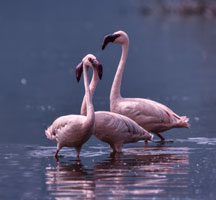Deer
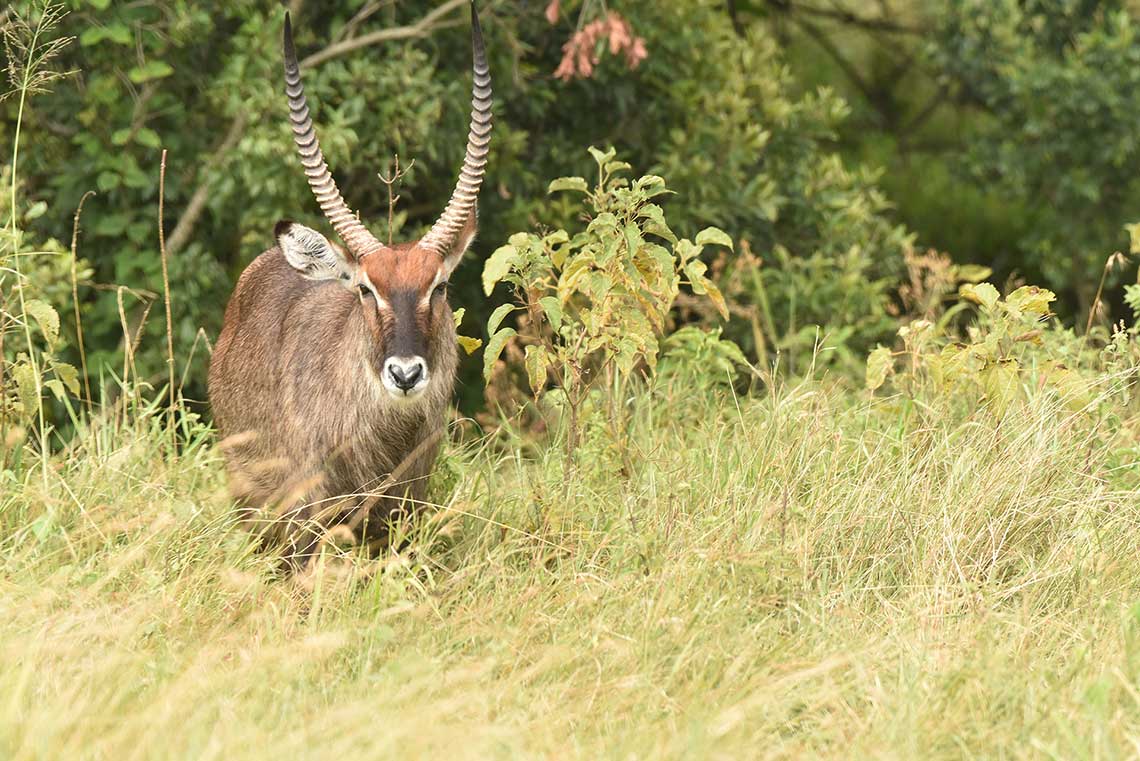


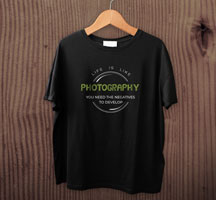



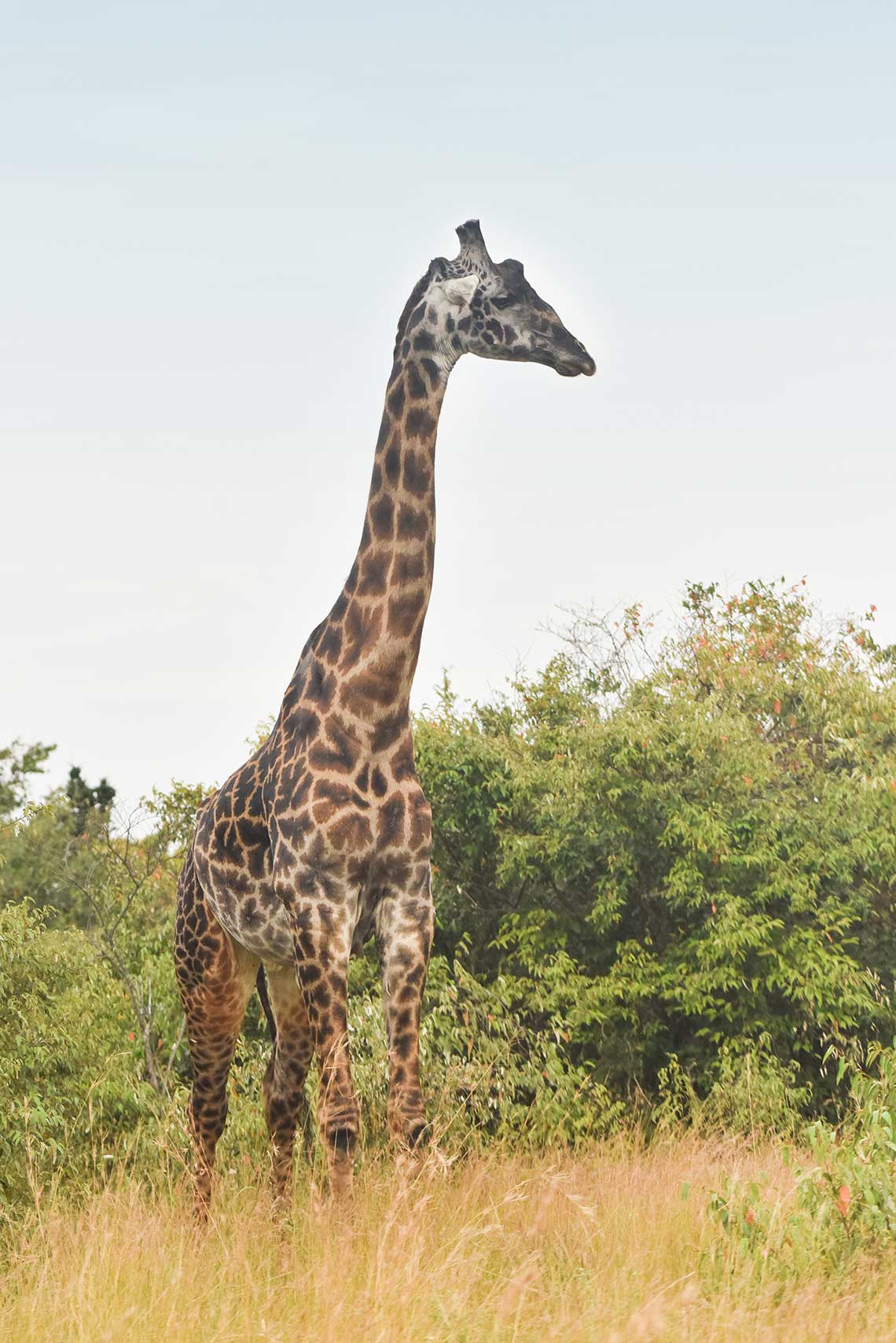
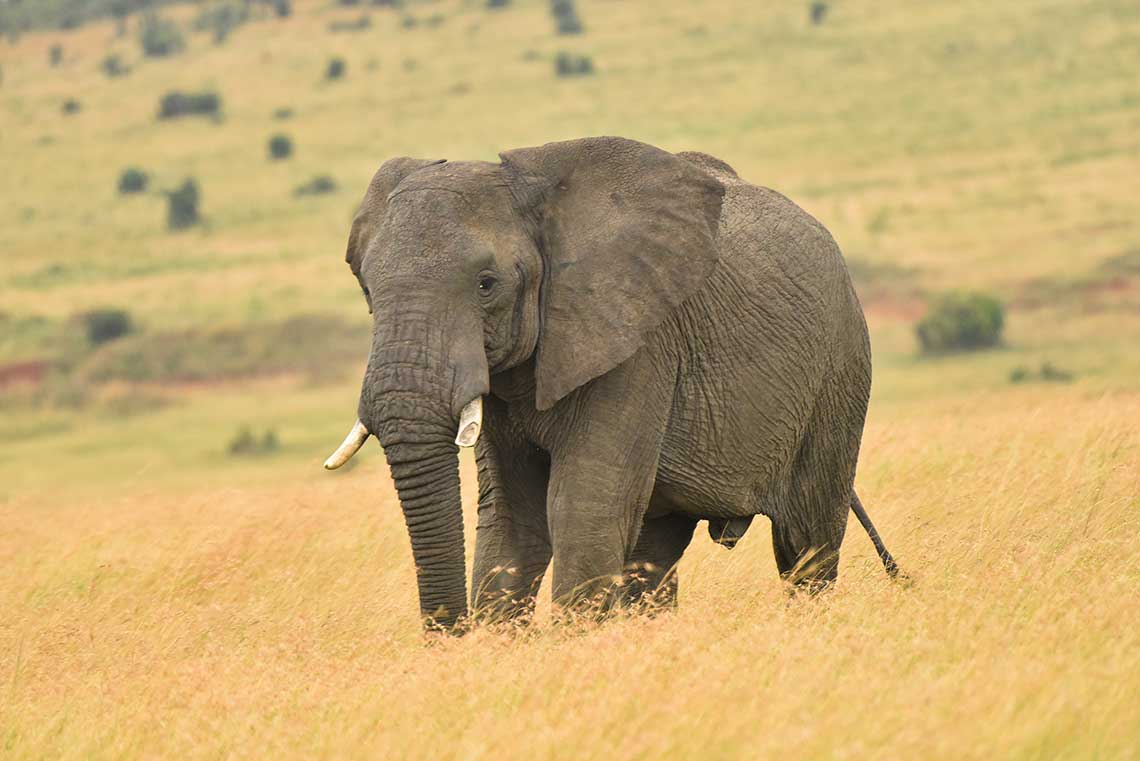
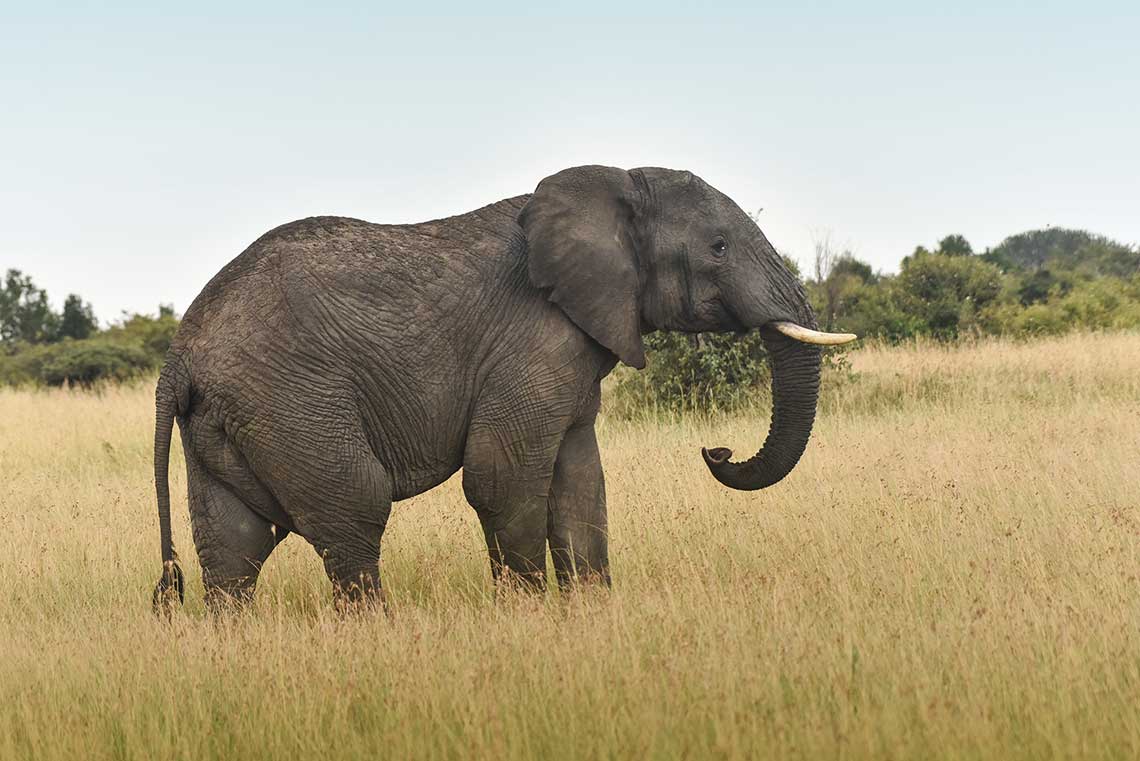
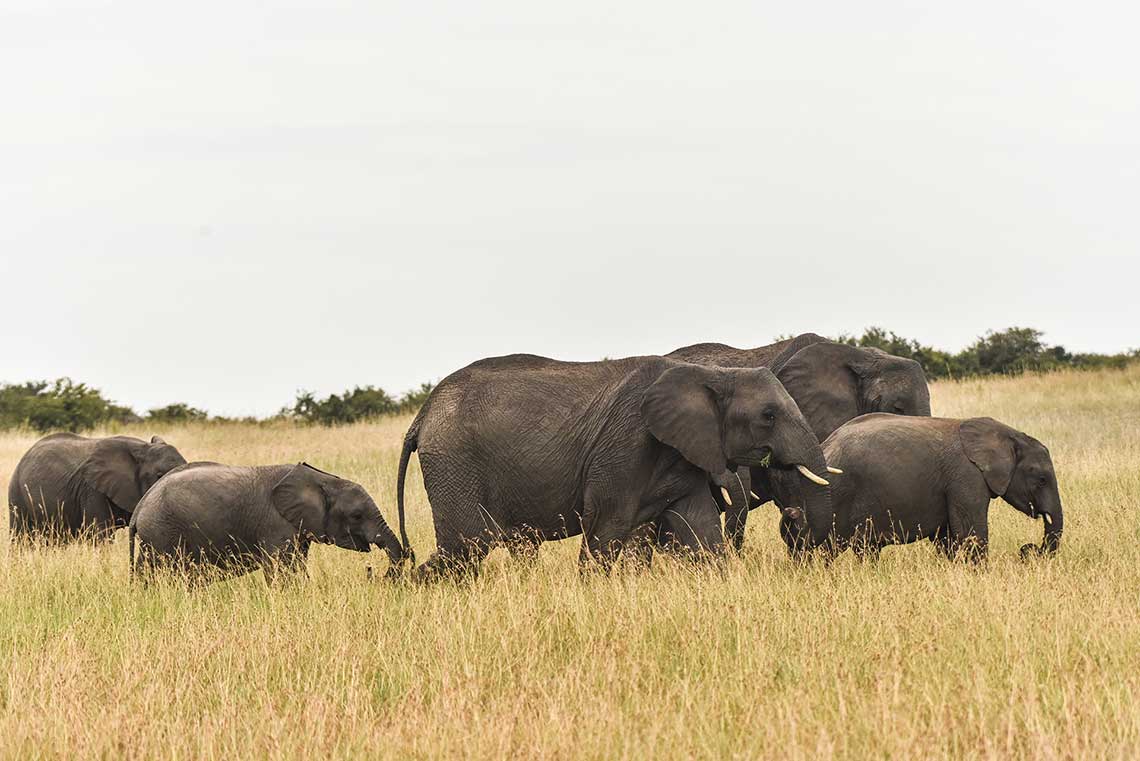



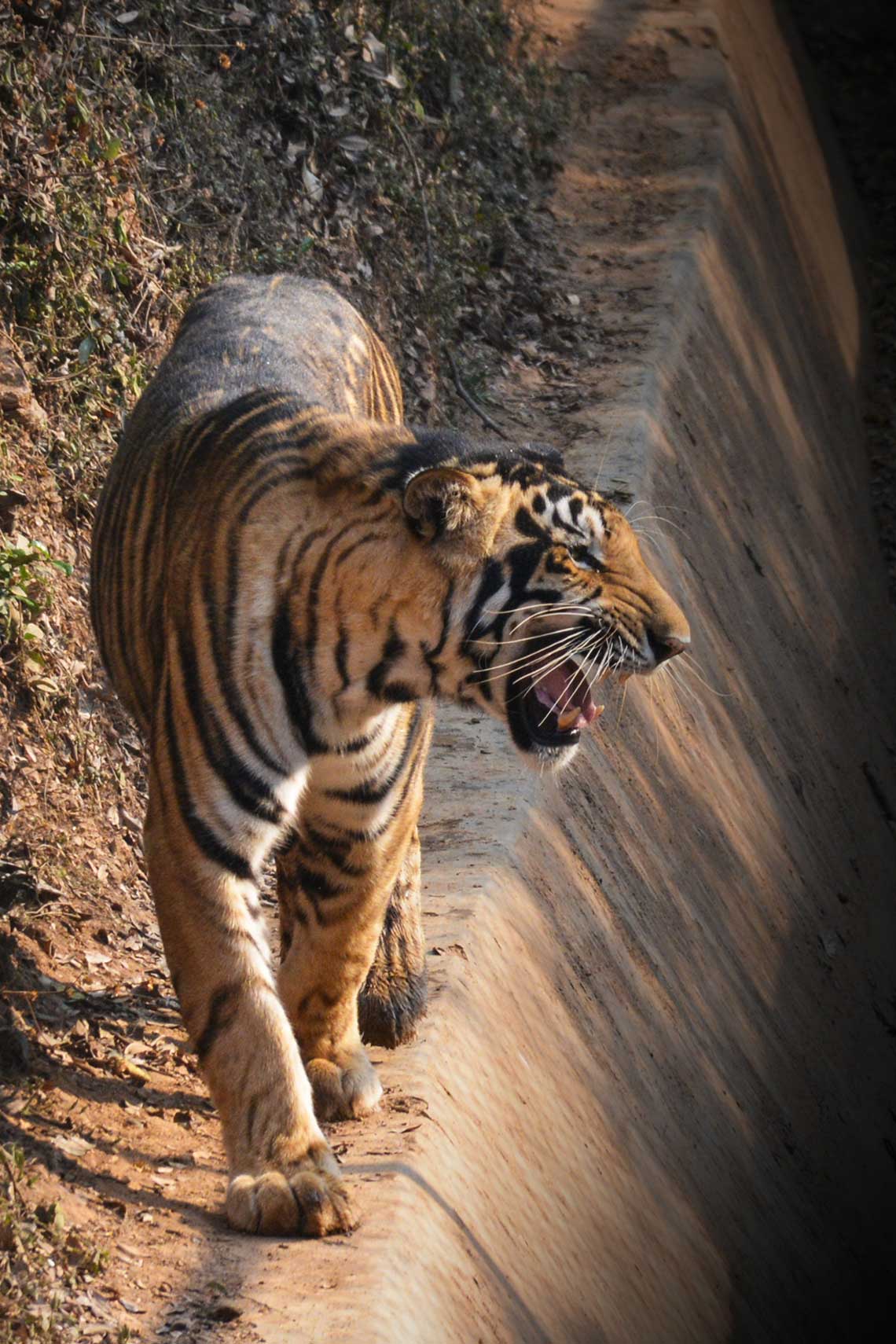
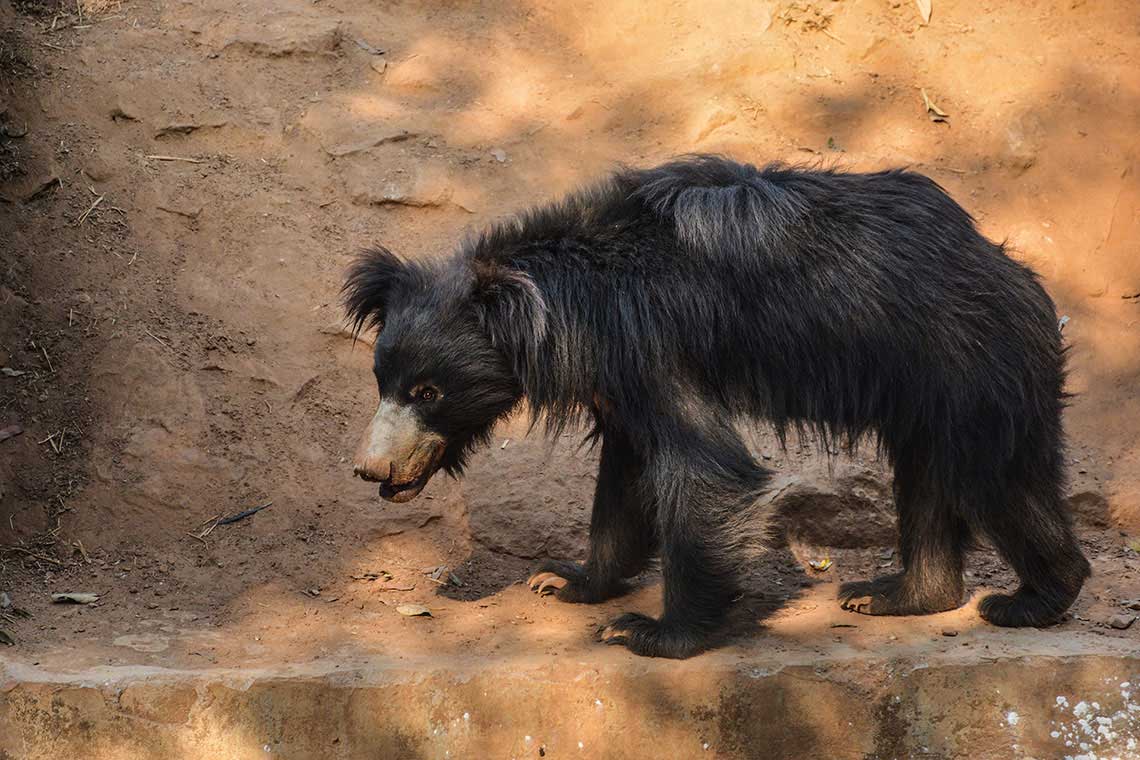

To learn photography first we need to know what is photography. Photography is an art of freezing moments of something captured by the camera by our imagination, composition, and light.
The picture that you took with your camera is the imagination you want to create with reality.
Photography is
1. Communication of ideas
2. Creative art
Photography, is a powerful medium of expression and communication, offers an infinite variety of perception, interpretation, and execution.
Basically, in DSLR there are two parts.
In any lens, there is a hole through which light travels into the camera body. This is called aperture
A digital sensor in the camera body that opens and closes to expose the picture is called shutter
When we press the shutter button, the camera capture the photo.
The photo may be captured as we see as it is, it may be artistic like the light & shadow. Some examples are following
It depends on our concept and imagination. So basically in photography, we are playing with light.
Technically, we can control the light by
This is known as the exposure triangle.
Exposure Triangle is the key tools to create a photograph.
Aperture is an important part of the Exposure Triangle.
In optics, an aperture is a hole or an opening through which light travels. More specifically, the aperture and focal length of an optical system determine the cone angle of a bundle of rays that come to a focus in the image plane.

In the lens, there is a little tiny hole. You can increase and decrease the hole.
The small number means a big hole and a big number means a small hole. The aperture is known as F stops
Focal
Factual
Fractional
The stops are
f/1.4, f/2, f/2.8, f/4, f/5.6, f/8, f/11, f/16, f/22
√2 = 1.414
(√2)2 = 2
(√2)3 = 2.8
(√2)4 = 4
(√2)5 = 5.6
Increase one-stop double the light
Decrease the stop half the light
We can see this aperture number on the lens. F/1.8 starts to value and end value
Also, this number defines the exposure and depth of field of the captured image
How much focus area in the image has. Two types of Depth of Fields are there
Before press the shutter button, first we need to think how much Depth of Field we want for the captured image.
For Portrait – Mostly use F/1.8, F/2.8
For Landscape – Mostly use F/11, F/16 or F/22

In photography, shutter speed or exposure time is the length of time when the film or digital sensor inside the camera is exposed to light, also when a camera’s shutter is open when taking a photograph.

In the digital segment of photography, ISO measures the sensitivity of the camera sensor to light. Higher ISO used in a darker situation.
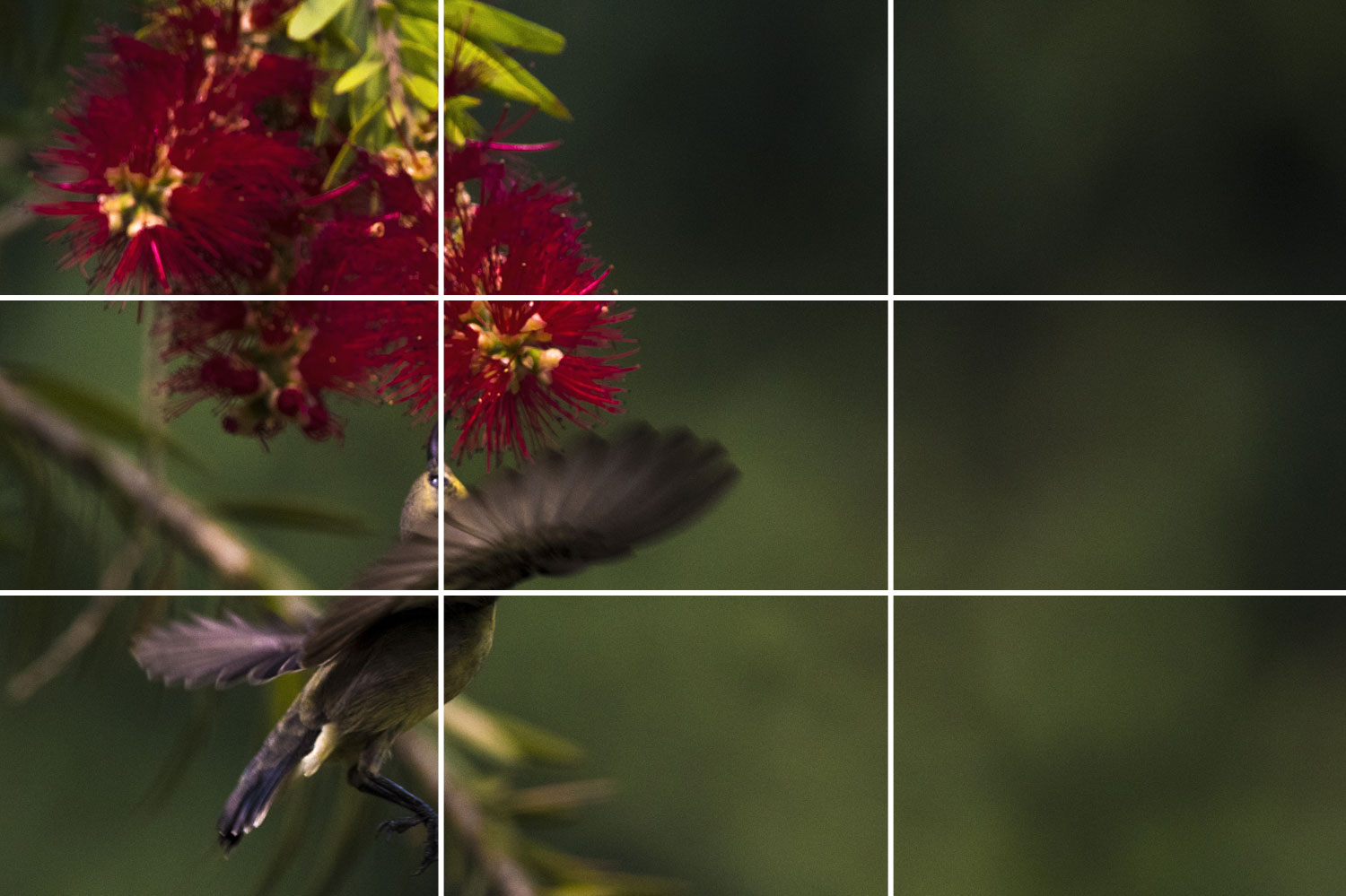

This is one of the most talked-about compositional techniques. All you need to do is to divide your frame vertically into three equal parts and horizontally into three equal parts. By placing your subject on one of the four points where these dividing lines meet, you will encourage the viewer away from the center of the frame. This forces them to look around the image and makes your composition more interesting.


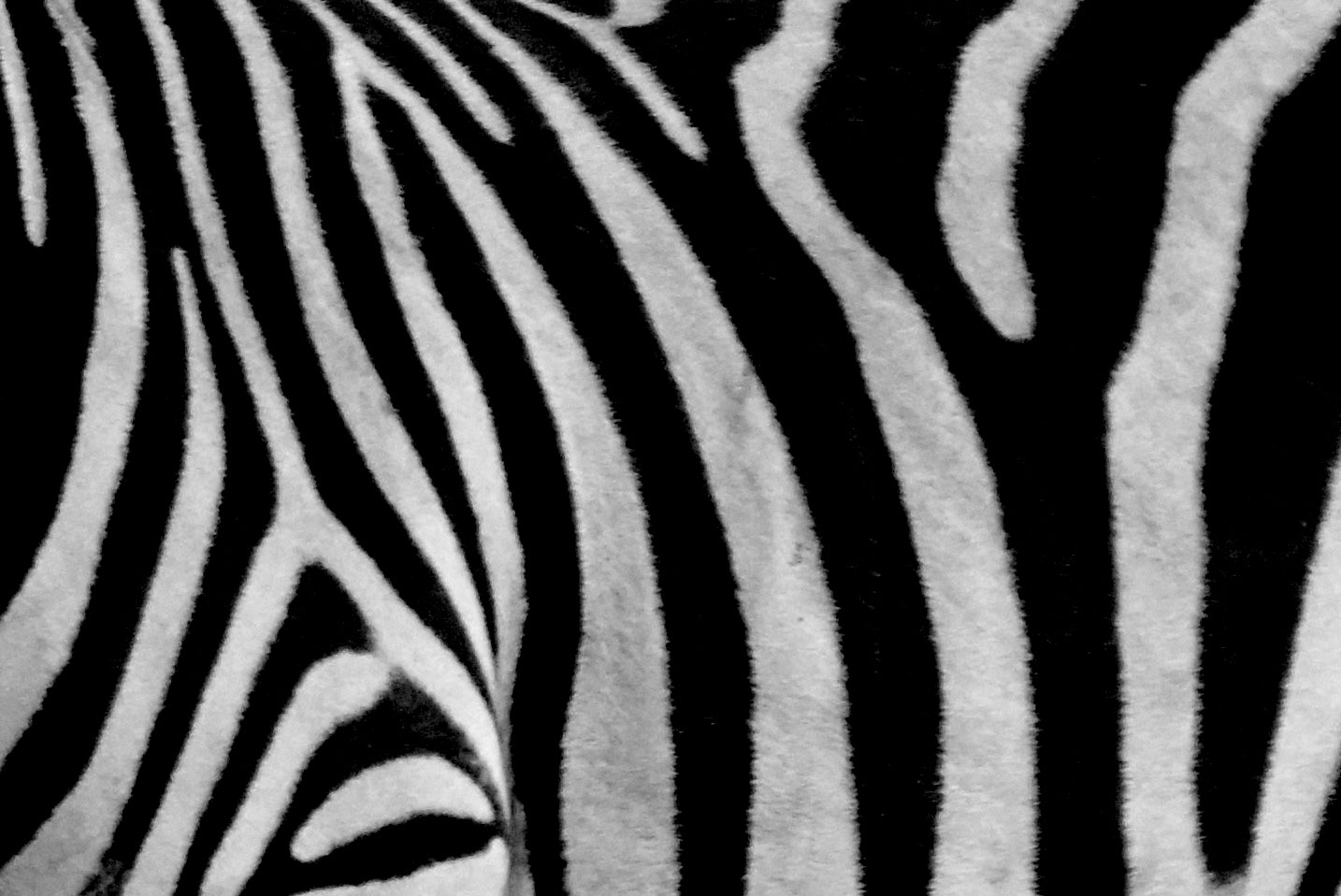
Human beings are naturally attracted to patterns. They are visually attractive and suggest harmony. Patterns can be manmade like a series of arches or natural like the petals on a flower. Incorporating patterns into your photographs is always a good way to create a pleasing composition. Less regular textures can also be very pleasing on the eye.
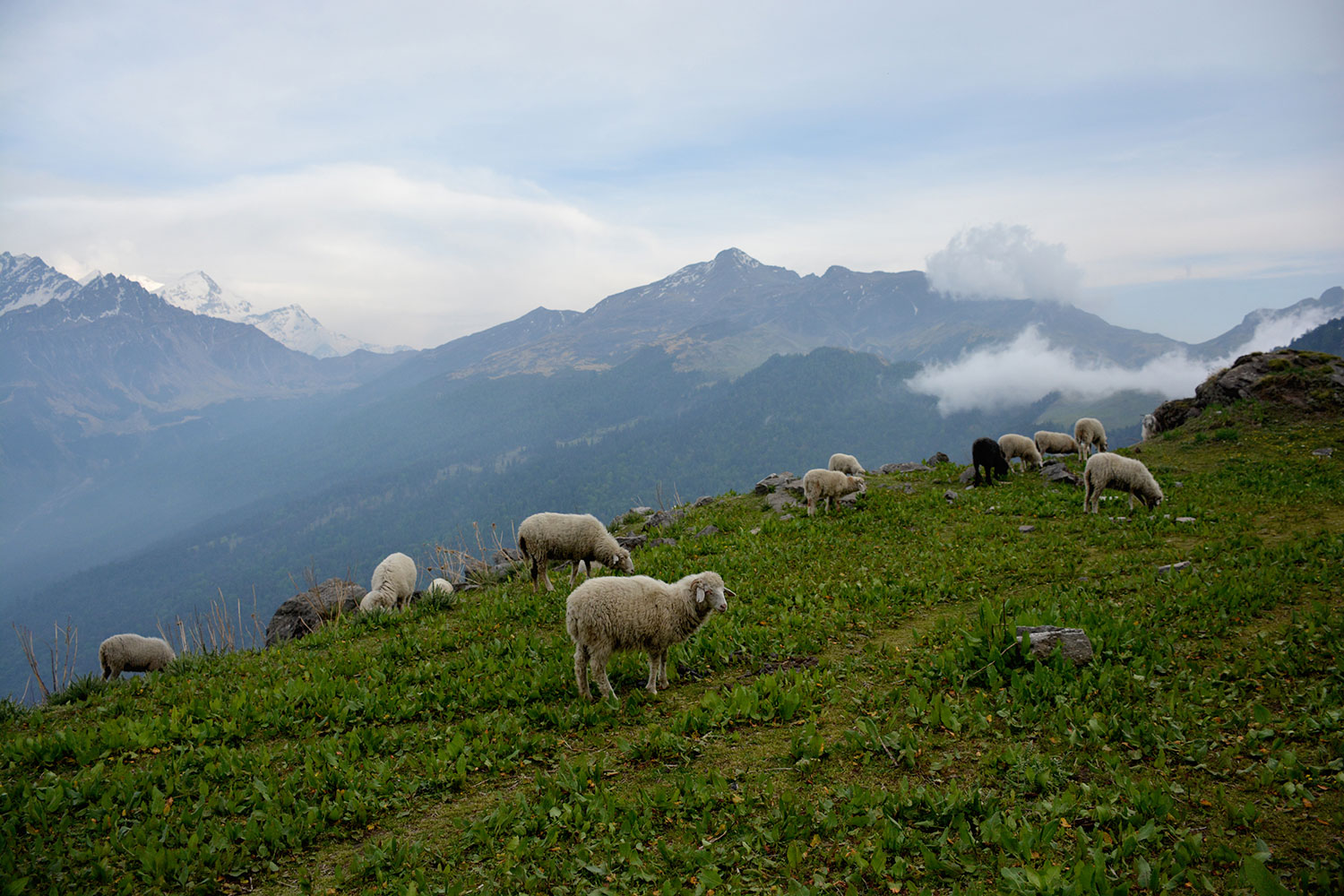
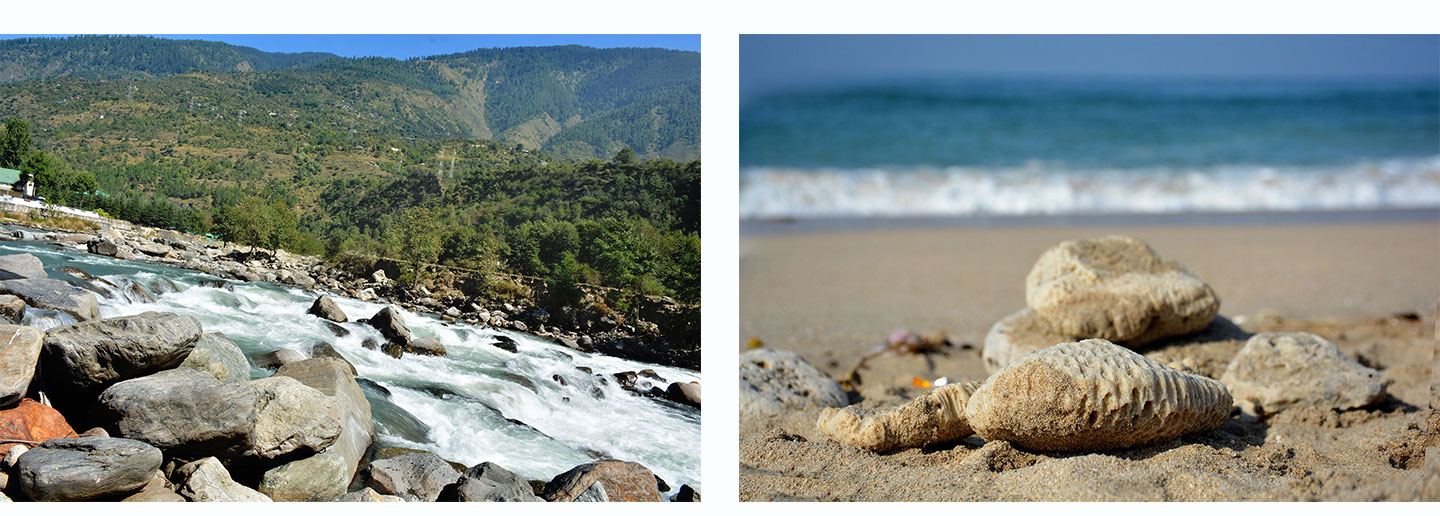
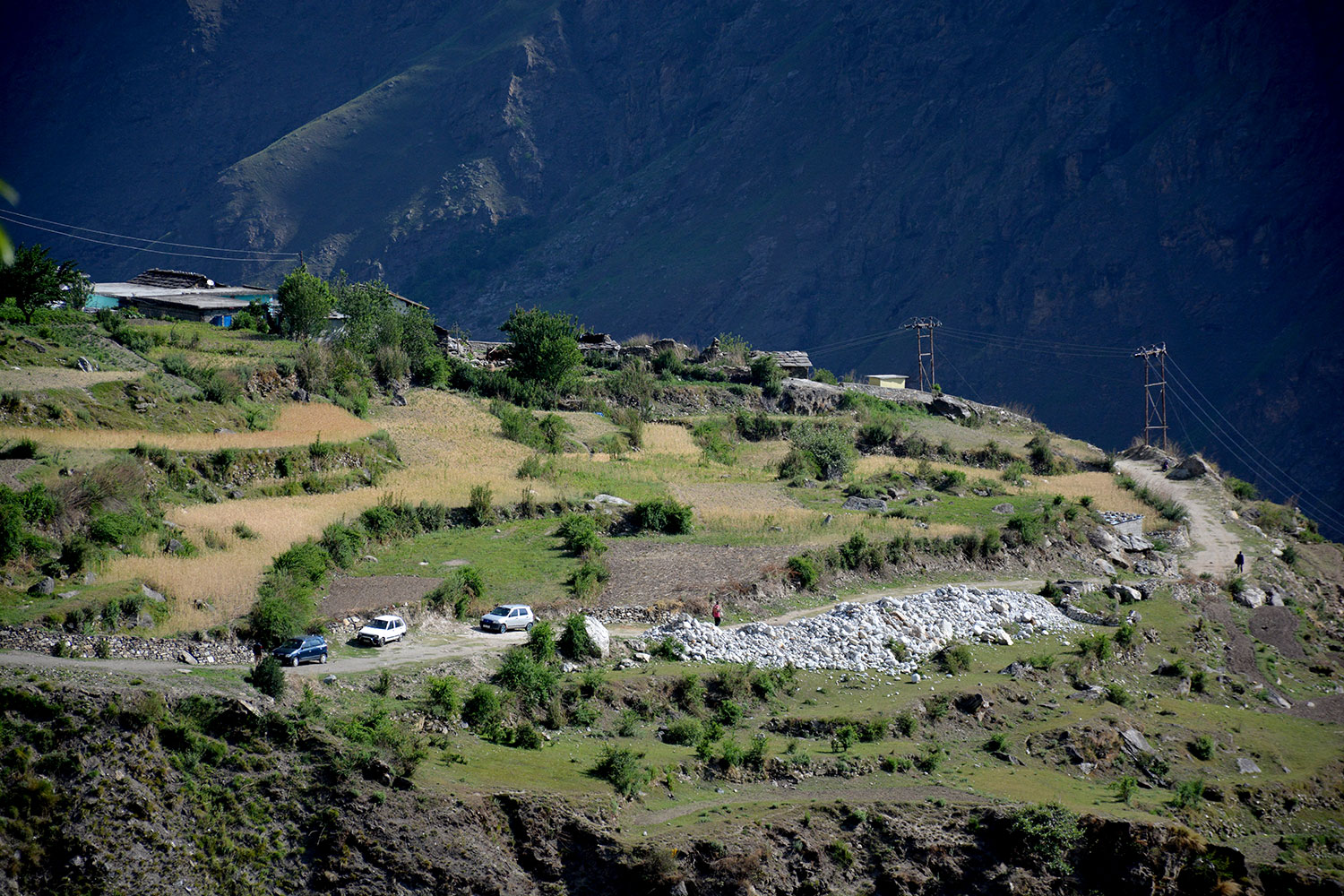
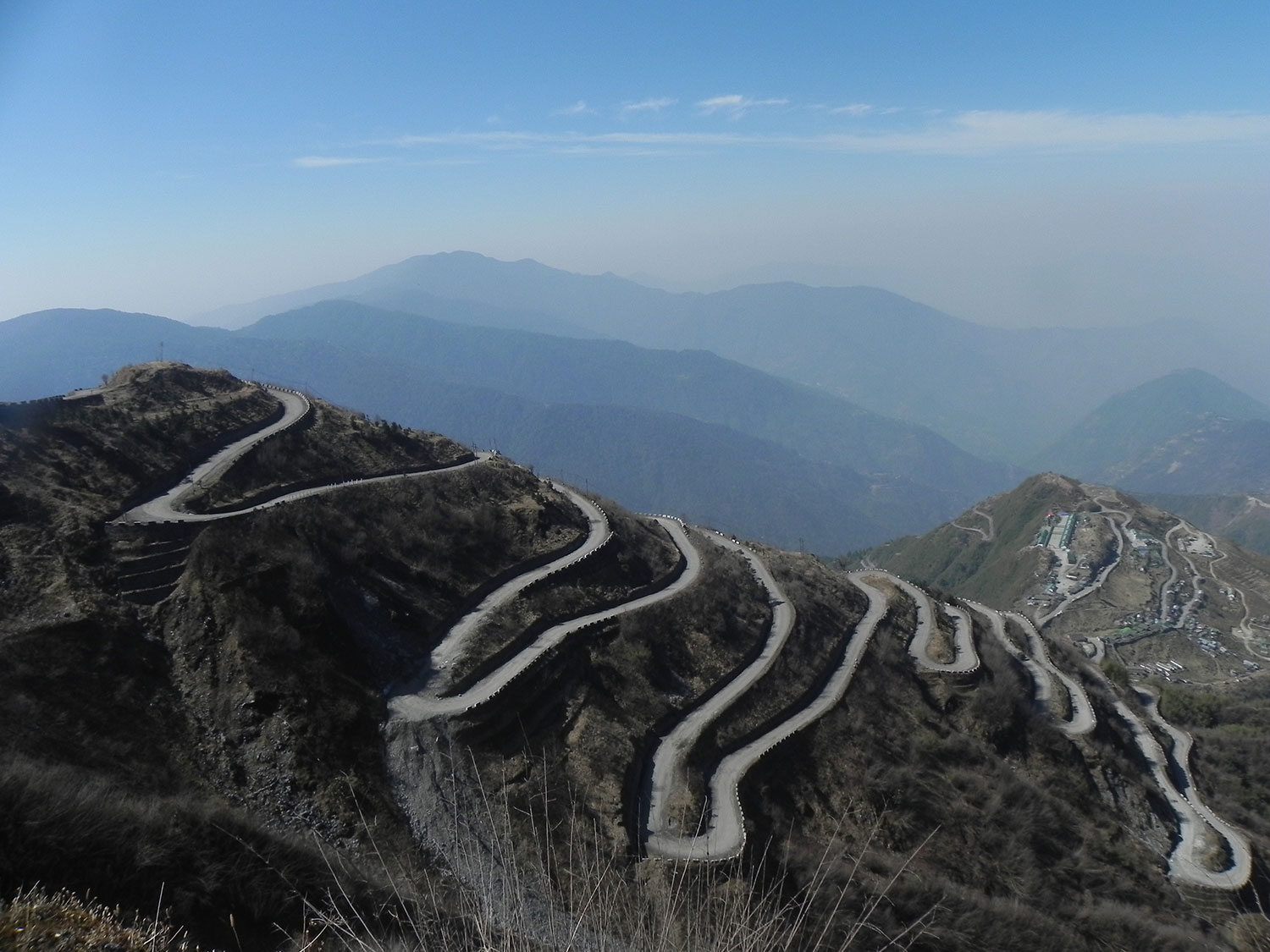

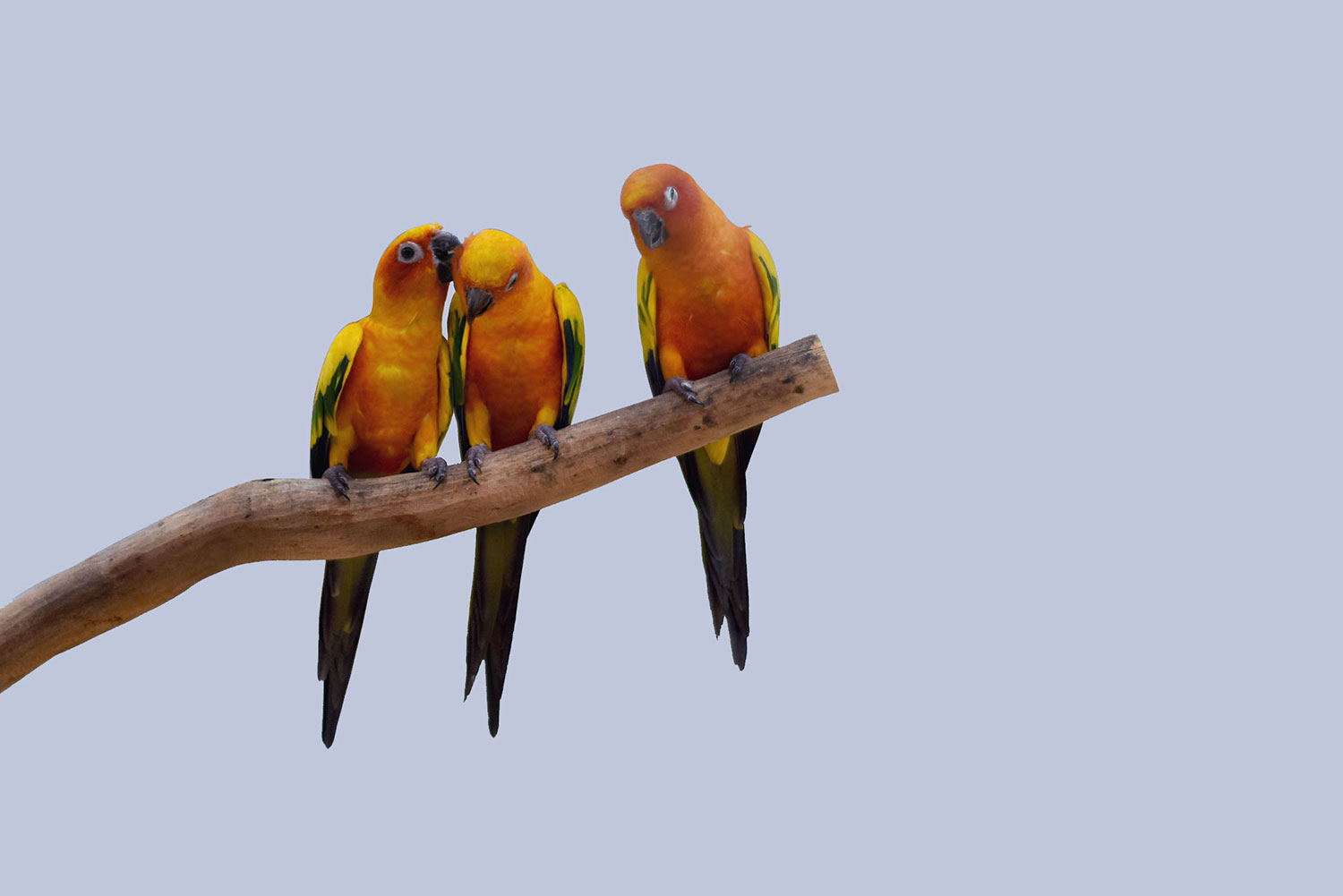
The rule of odds states that images are more visually appealing when there is an odd number of subjects. For example, if you are going to place more than one person in a photograph, don’t use
two, use 3 or 5 or 7, etc.
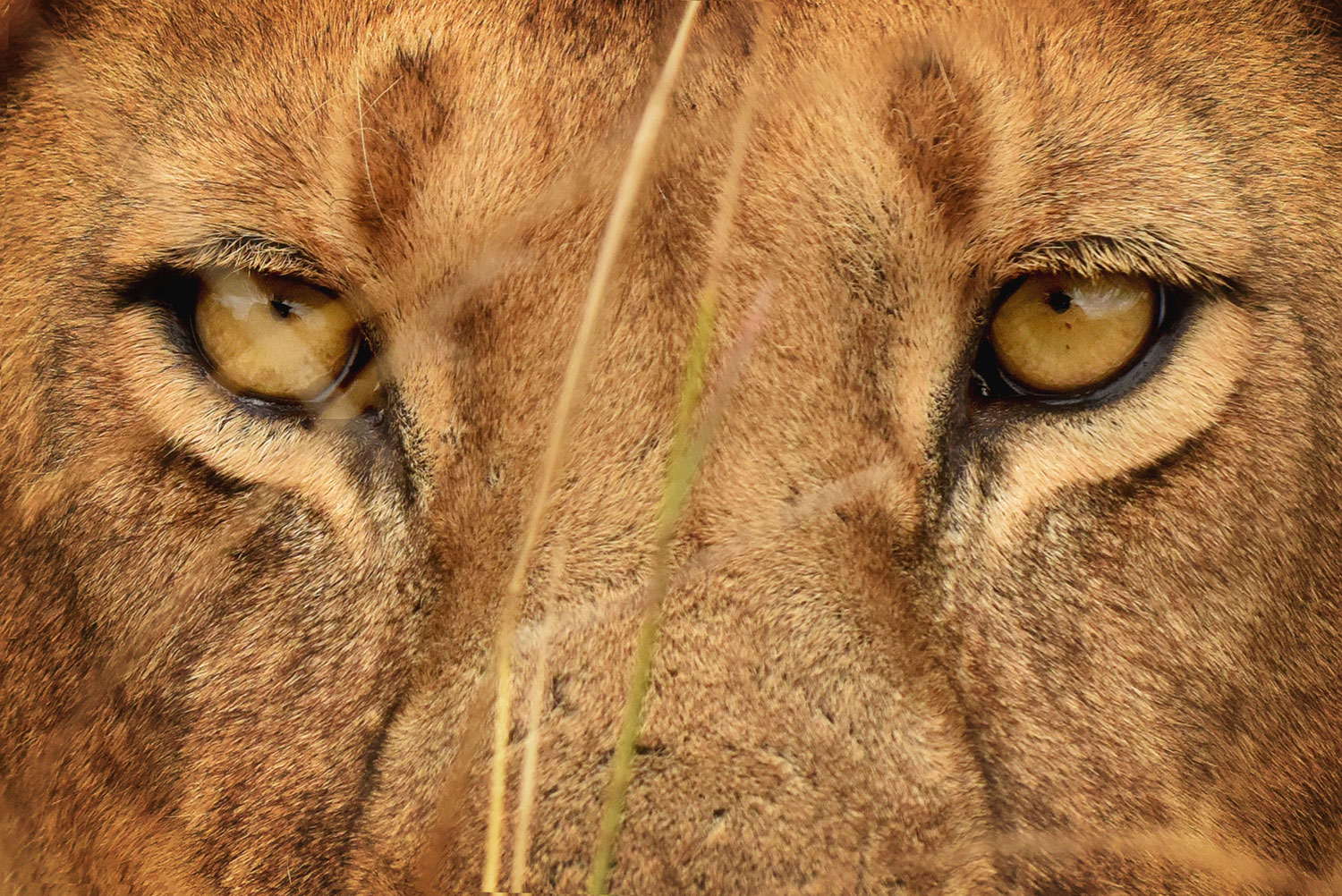

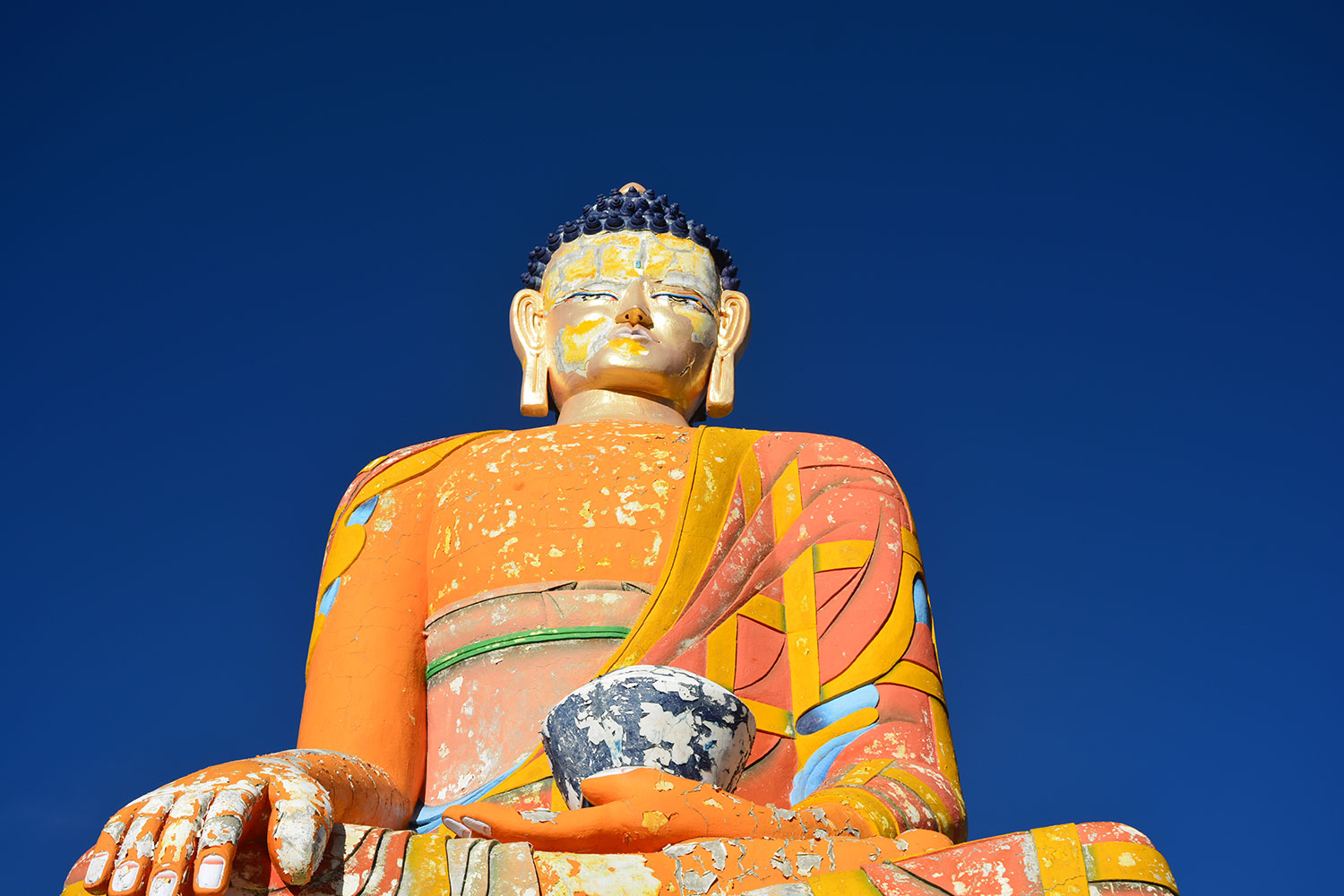
Leaving a lot of empty or ‘negative’ space around your subject can be very attractive. It creates a sense of simplicity and minimalism. Like filling the frame, it helps the viewer focus on the main subject without distractions.
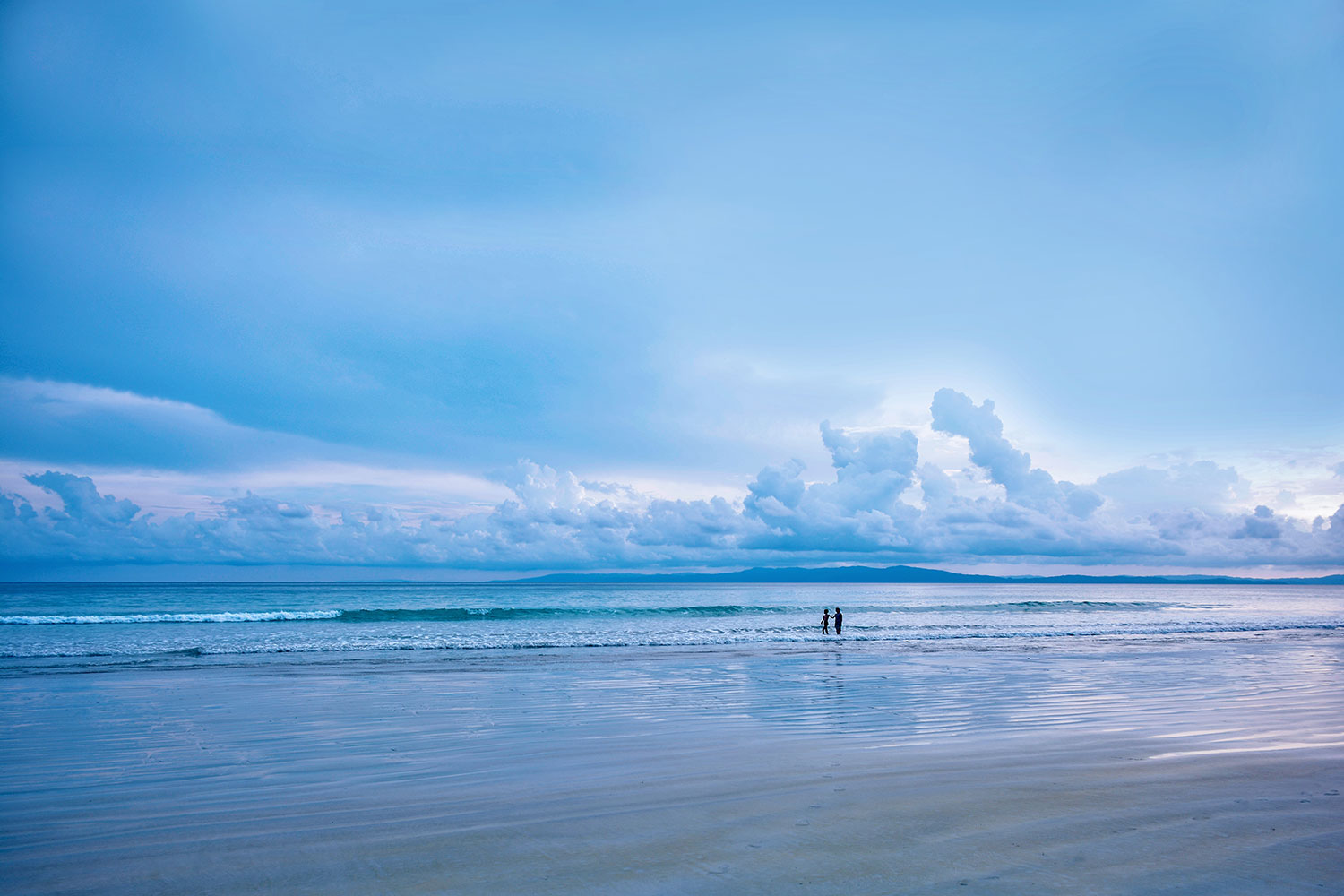
Minimalism is the composition which expresses ‘less is more’. Simplicity is the main key to this composition.

Juxtaposition is the composition which presents two or more elements in a scene that can either contrast or the opposite with each other or complement each other. These photographs approach to tell a story.
For example:
1. A fat person next to a skinny person
2. The tall person next to a short person
3. Dark colors next to light colors
4. Circles next to rectangles
5. Old people next to young people
Fibonacci Series
0, 1, 1,2,3,5,8,13,21…….n
The golden ratio is an invisible leading line which follows to maintain the composition which nature itself follows.
It is believed that the golden spiral method of composition has been in existence for over 2,400 years having been devised in Ancient Greece.
It is widely used in many types of art as well as architecture as a way of creating aesthetically pleasing compositions. It was particularly well employed in Renaissance art.
The Golden Ratio, also sometimes called the Fibonacci Spiral.
The value of the golden ratio is 1.61803398875
a/b = (a+b)/a = 1.61803398875
We do not need to memorize this, we need to just understand it.
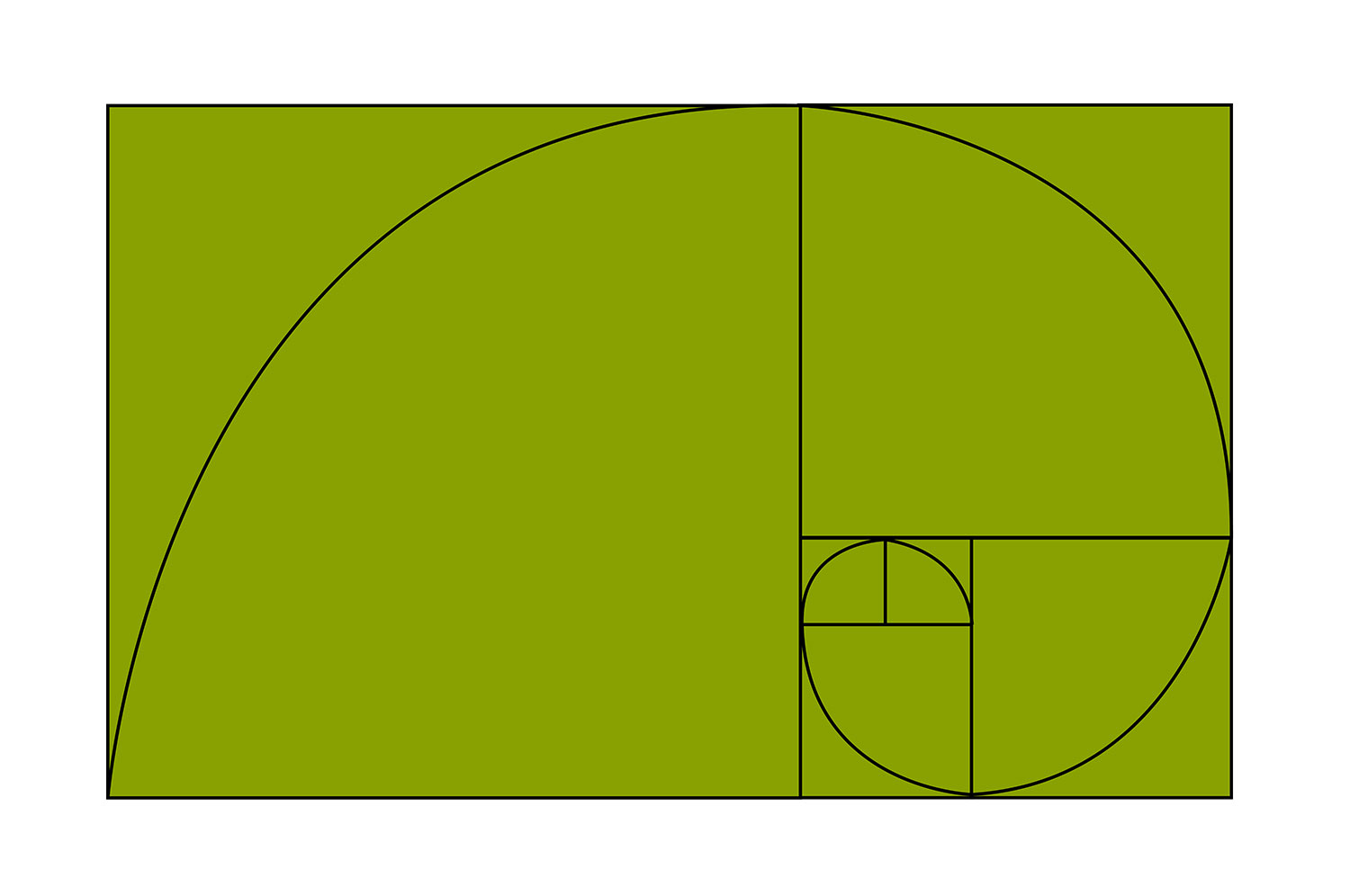

Golden Spiral
Example of some photographs of Golden Ratio


To know more about 30+ photography composition like Symmetry, Frame within the Frame, Diagonals, and Triangles, Golden Triangle etc. collect this book.
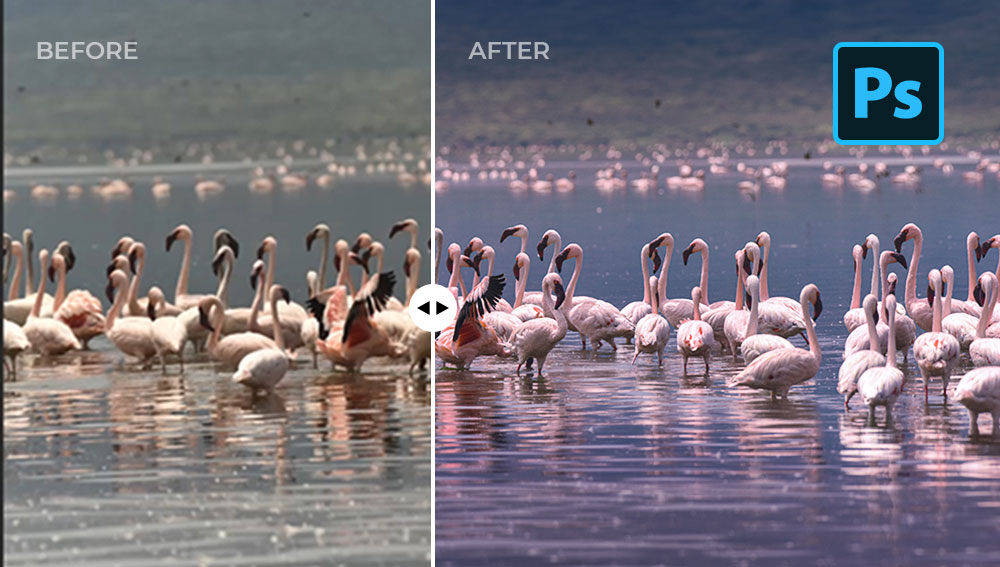

Lion


